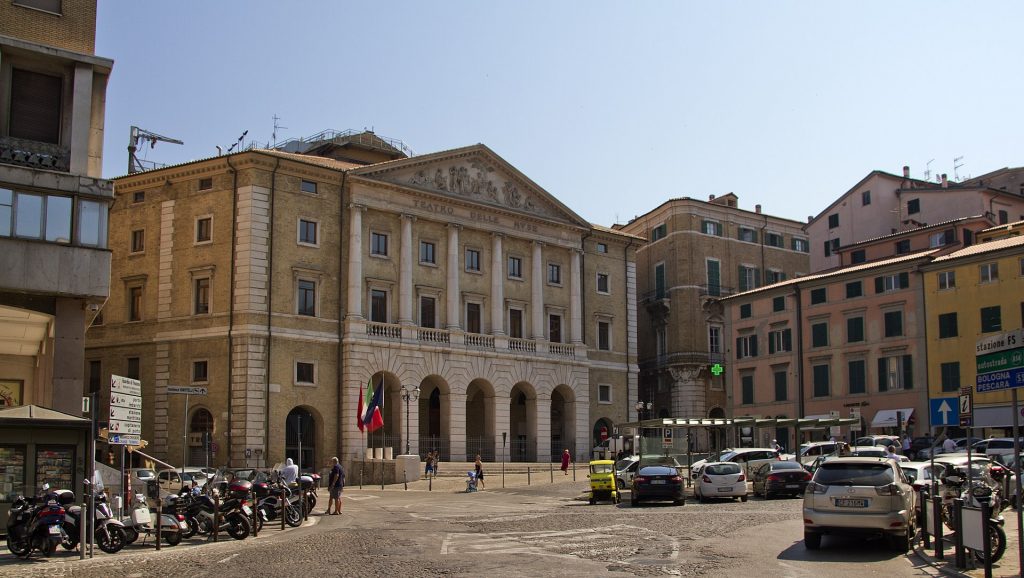
The Jews first arrived in Ancona around 1000 C.E. In the fourteenth century, the city hosted a significant Jewish community, whose activities were organized around the port and commerce with the Orient. In 1541, Pope Paul III encouraged Jews expelled from Naples and, in 1547, even the Marranos from Portugal to settle in Ancona, granting them protection from the Inquisition. A hundred or so Marranos families took advantage of the Pope’s offer. However, the 1555 papal edict Cum Nimis Absurdum was rigorously applied in Ancona.
The Jews were confined within a ghetto, and their commercial activity was limited to trade in second-hand clothing. A papal emissary arrived to crack down on the Marranos. Some managed to flee to Pesaro or Ferrara. Twenty-five Jews were burned at the stake between April and May of 1555. This tragedy had a large and resounding effect on the Jewish world.

At the request of Dona Gracia Nassi, the great Turkish sultan intervened several times. The Jews of the Levant threatened to boycott the port of Ancona and transfer their business to Pesaro. This movement failed mainly due to rabbinical authorities’ fear of provoking the Pope to take even harsher measures. Finally, when the Popes expelled the Jews from papal lands in 1569 and 1593, the Jews were allowed to remain in Ancona.
The community never recovered its previous prosperity, but through its relations with the rest of the Jewish world, it continued to attract rabbis and men of letters. Napoleon’s troops abolished the ghetto and the discriminatory policies against the Jews, but after Napoleon fell from power in 1814, the ghetto was reestablished as the city returned to the Papal States. The ghetto was opened in 1831, but full equality was not obtained until 1861.
Via Astagno forms the ghetto’s principal artery. The Levantine-rite synagogue at 12 Via Astagno was constructed following the initiative of Moses Basola in 1549. It was destroyed in the nineteenth century, but rebuilt in 1876. The large prayer hall on the second floor is still in use. The Baroque aron is decorated with marble columns and faces the tevah, which originally came from Pesaro. Elements of the original interior of the Italian synagogue demolished in 1932 are arranged on the first floor.